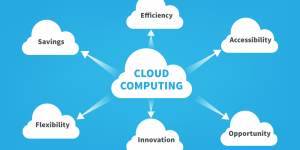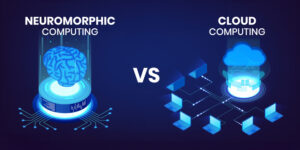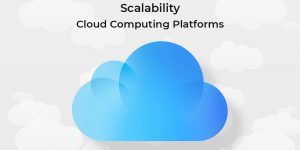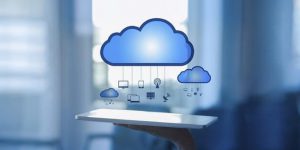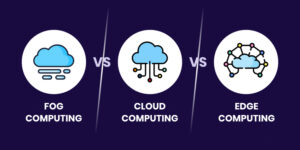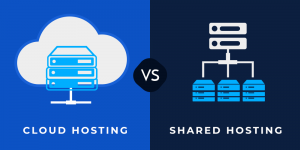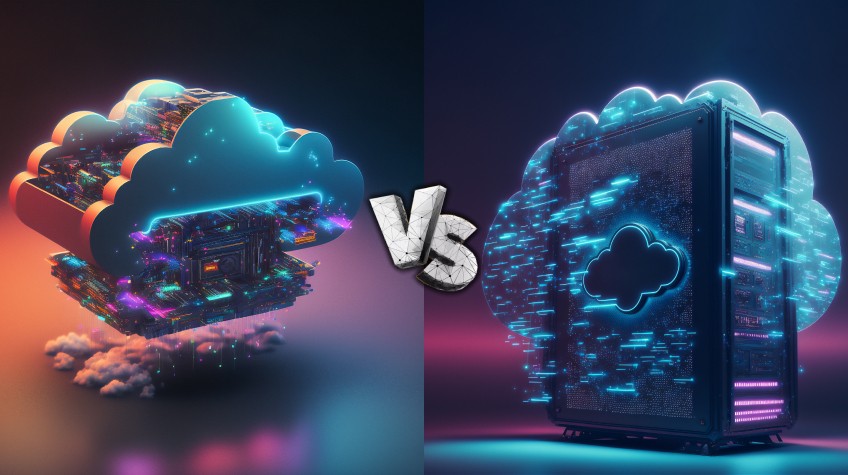
In the rapidly evolving landscape of modern computing, two distinct paradigms have emerged as frontrunners, each with its unique strengths and applications: Edge and Cloud Computing. In this digital age, where data and processing power reign supreme, understanding the nuances of “Edge Computing vs Cloud Computing” is paramount.
These two concepts represent divergent approaches to handling data and delivering services, and they play pivotal roles in shaping the future of technology. Join us on a journey to unravel the critical differences between Edge Computing and Cloud Computing, exploring their advantages, use cases, and pivotal roles in today’s interconnected world.
Understanding Cloud Computing
Cloud Computing, a cornerstone of modern IT infrastructure, is a revolutionary paradigm offering various benefits. At its core, Cloud Computing entails delivering computing services via the Internet, including storage, processing, and applications. Its defining characteristic is its centralized nature, where data and computational tasks are housed in remote data centers.
This centralized approach allows for unparalleled scalability, enabling businesses to expand or shrink their resources in response to demand. Moreover, Cloud Computing offers unrivaled accessibility from any corner of the globe, granting users the power to tap into resources seamlessly. Notably, it’s renowned for its cost-effectiveness, sparing organizations from the hefty upfront investments associated with traditional on-premises infrastructure.
Exploring Edge Computing
Edge Computing, a transformative paradigm in the digital landscape, stands in stark contrast to centralized Cloud Computing. At its core, Edge Computing involves processing data closer to the source, dispersing computational power to the network’s edge. This decentralized approach minimizes latency, ensuring near-instantaneous responses critical for applications like autonomous vehicles and real-time analytics.
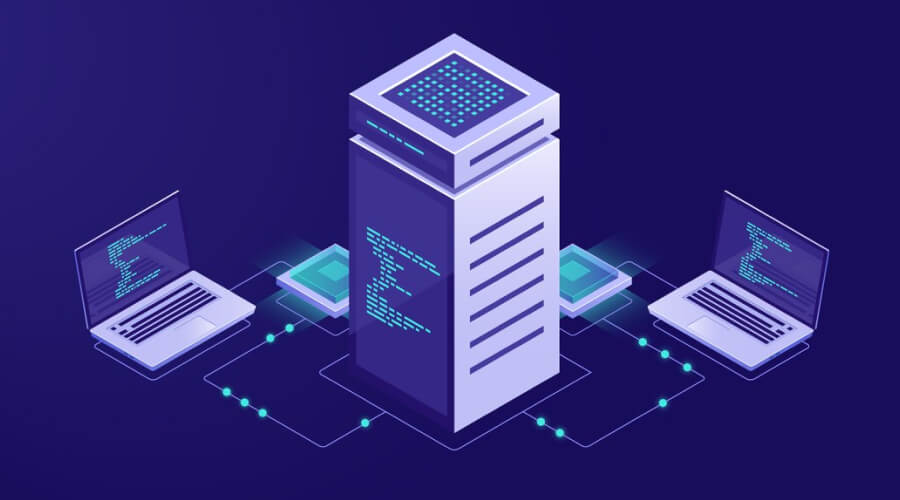
Edge Computing also slashes data transmission costs by eliminating the requirement for extensive data transfers to distant data centers. Moreover, it fortifies privacy and security by keeping sensitive data on-site, mitigating the risks of data breaches during transmission to remote servers. In the Edge vs. Cloud Computing debate, Edge Computing offers a nimble, secure, and efficient alternative.
Key Differences
Latency
Latency, the measure of delay in data transmission, diverges significantly between Edge Computing Vs. Cloud Computing. In Edge Computing, processing occurs locally, near the data source, resulting in ultra-low latency. This means that critical actions, such as emergency response in smart cities or precision control in industrial automation, can happen in real time, minimizing delays to milliseconds.
In contrast, Cloud Computing relies on distant data centers, leading to higher latency. Real-world scenarios, like self-driving cars needing split-second decisions or telemedicine requiring instant consultations, underscore the paramount importance of low latency. Edge Computing’s ability to deliver rapid responses makes it indispensable in applications that require rapid response times.
Also Read: 10 Real-World Examples Demystifying Cloud Computing
Data Storage and Processing Location
In data storage and processing, Edge and Cloud Computing diverge in their approaches. Cloud Computing stores and processes data in remote, centralized data centers. This centralized model can raise concerns regarding data privacy and compliance, as sensitive information may traverse long distances and be subject to various jurisdictional regulations.
Conversely, Edge Computing stores and processes data closer to the source, within the local infrastructure. This decentralized approach minimizes data exposure during transit, protecting privacy and complying with laws. It’s especially advantageous in sectors like healthcare and finance, where stringent privacy requirements necessitate keeping data near its origin, thus reducing the risks associated with data handling.
Use Cases
Edge to Cloud Computing caters to distinct use cases, each leveraging their unique strengths.
Cloud Computing shines in scenarios demanding vast computational power and accessibility from anywhere. It’s ideal for:
- Enterprise IT: Hosting applications, databases, and storage on the Cloud for global accessibility.
- Big Data Analytics: Processing massive datasets efficiently.
- Software as a Service (SaaS): Delivering applications like email and office software via the Internet.
Edge Computing, on the other hand, excels when low latency is paramount:
- Autonomous Vehicles: Processing data in real-time for safe navigation.
- Smart Cities: Enabling quick response in traffic management and emergency services.
- Industrial IoT: Supporting real-time monitoring and control in manufacturing.
Each has its own strengths and limitations, highlighting the importance of understanding their strengths and limitations.
Bandwidth and Data Transfer
Bandwidth and Data Transfer are pivotal in distinguishing Edge to Cloud Computing. In the Cloud paradigm, the centralization of data processing necessitates significant data transfer between local devices and remote data centers, placing a strain on bandwidth. As a result, network congestion can occur and increased latency.
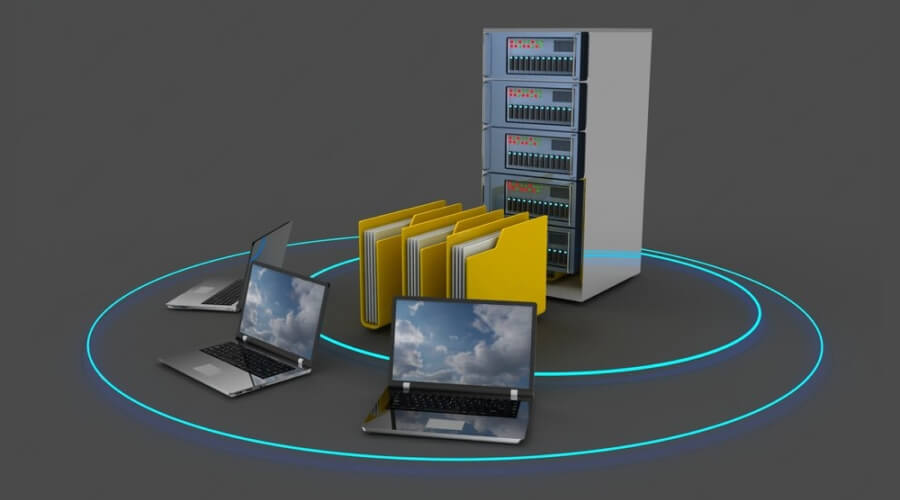
Conversely, Edge Computing’s decentralized approach significantly reduces the need for high bandwidth. By processing data closer to its source, only critical insights or processed information are transmitted, alleviating the burden on network infrastructure. This approach is especially beneficial in remote or bandwidth-constrained environments, where minimizing data transfer can optimize network performance, reduce costs, and enhance real-time processing capabilities.
Cost Considerations
Cost Considerations are crucial when evaluating Edge and Cloud Computing. Organization benefits from economies of scale in Cloud Computing as providers manage infrastructure and maintenance. However, data transfer fees and high resource utilization can escalate long-term costs.
In contrast, Edge Computing may involve higher initial setup costs due to local infrastructure investment and maintenance. Yet, over time, Edge can prove cost-effective, particularly for applications with frequent data transmission, where reduced bandwidth expenses offset infrastructure expenditures. The cost equation largely depends on the specific use case, data volume, and geographic distribution. Businesses must carefully analyze their requirements to make a judicious choice between these computing paradigms.
When to Use Each Paradigm
Cloud Computing is a great solution for organizations that need flexibility, scalability, and accessibility. Opt for Cloud when:
- Global Access is Critical: When users or data are dispersed worldwide, the Cloud provides universal access.
- Variable Workloads: For businesses with fluctuating computational needs, Cloud allows resource scaling on-demand.
- Cost Efficiency: Organizations with limited upfront budgets may find Cloud’s pay-as-you-go model more manageable.
Edge Computing suits applications demanding low latency and data privacy. Consider Edge when:
- Latency is Critical: Real-time processing, like autonomous vehicles or IoT devices, necessitates instant decision-making.
- Data Privacy is Paramount: Sensitive data, such as medical records, should remain localized to comply with privacy regulations.
Hybrid Approaches integrate both paradigms, delivering the finest of both worlds. For instance, IoT devices can use Edge Computing for real-time analytics and send aggregated data to the Cloud for long-term analysis and storage. Hybrid strategies optimize resource allocation, balancing latency and scalability per specific use cases.
Future Trends
Future Trends: In the dynamic landscape of Edge and Cloud Computing, emerging trends promise to shape the industry. In Cloud Computing, expect continued growth of serverless computing, enabling developers to focus solely on code. Multi-cloud adoption will rise as organizations diversify providers for resilience. Edge Computing will witness wider deployment in 5G networks, powering real-time applications. Moreover, edge AI, combining machine learning with Edge, will enable intelligent decision-making at the data source.
Also Read: Edge Computing Examples: Unlocking the Potential of Edge Computing
Main Differences Summarized: Edge Computing excels in low-latency, privacy-sensitive applications, processing data closer to the source. In contrast, Cloud Computing offers scalability, universal accessibility, and cost-efficiency through centralized data centers. Choosing between them hinges on latency requirements, data privacy, and scalability needs, with hybrid solutions often striking a balance.
Conclusion
In the ever-evolving landscape of computing, the battle between Edge Computing Vs. Cloud Computing remains pivotal. With its low-latency prowess and enhanced privacy, Edge Computing has carved a niche in applications demanding real-time responsiveness and data security. On the other hand, Cloud Computing’s scalability, accessibility, and cost-efficiency make it indispensable for global enterprises and data-intensive tasks.
As technology marches forward, the synergy between these paradigms becomes increasingly relevant. The choice between Edge and Cloud Computing hinges on specific use cases and requirements, with the possibility of hybrid solutions that harness the strengths of both, ushering in a new era of computing innovation.

